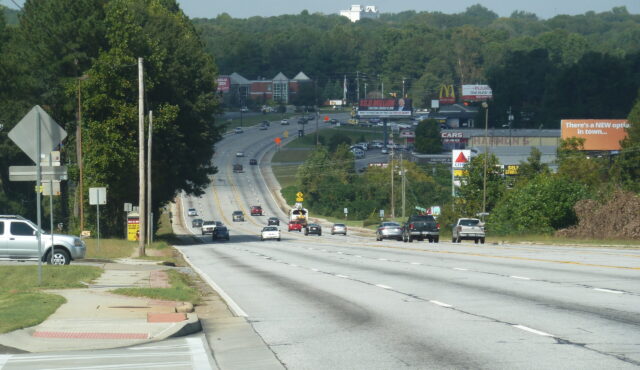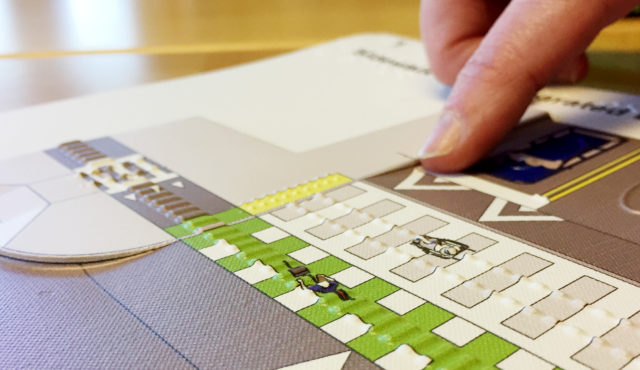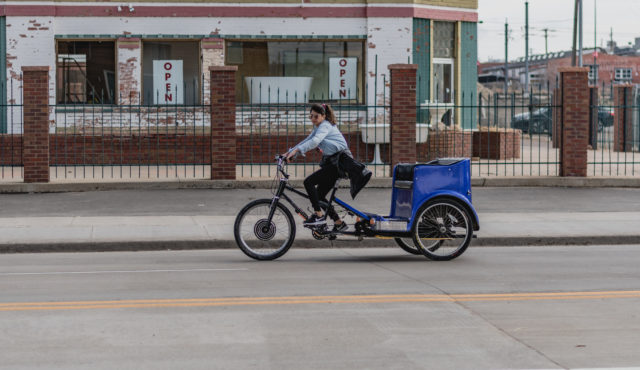Please note: As of March, 20, 2018, the FHWA has issued Interim Approval (IA-21) for the use of RRFBs in the public domain: MUTCD – Interim Approval for Optional Use of Pedestrian-Actuated Rectangular Rapid-Flashing Beacons at Uncontrolled Marked Crosswalks. This action follows a notification that the patents on the RRFB device have been expressly abandoned by the patent holder, and are now in the public domain.
The FHWA memorandum on IA-21 notes that “[a]gencies that previously had been approved to use RRFBs under IA-11 are not covered by this new Interim Approval to install new RRFBs. If agencies that had approval under IA-11 wish to continue to install new RRFBs, then they must submit a new request to the FHWA and agree to comply with the terms and conditions of IA-21.”
For more information, including details of the differences between IA-11 and IA-21, please see our analysis of the new Interim Approval here.
Previous Update: As of February 14, 2018, TDG has updated this memorandum based on additional information provided by the FHWA.
The update includes additional information regarding FHWA’s action on RRFBs. It is now up to date with:
- Additional understanding of the patent issues involved in the RRFB lawsuits
- New links to reference FHWA guidance and Frequently Asked Questions
- Addressing guidance provided by some state DOTs
- An updated list of alternative treatments
Download the updated memo
Original text:
In a memo on December 21, 2017, the Federal Highway Administration (FHWA) rescinded its approval for new installations of Rectangular Rapid Flashing Beacons (RRFBs). The RRFB is the subject of several lawsuits between its inventor and other manufacturers. FHWA had previously suspended approvals for new agencies to use RRFBs due to patent issues in 2016.
RRFBs were part of many plans and street designs aimed at improving pedestrian and bicyclist safety. Toole Design Group staff have prepared an initial analysis of the implications for agencies who currently have or were planning to install RRFBs to help determine how to proceed.
It includes:
- Implications for existing RRFBs
- Potential alternatives for RRFBs
- Information on other proven countermeasures
- Impacts on pending and future projects
Download the Memo
This information should not be construed as legal advice. We encourage agencies to work with their legal departments to determine their own course of action regarding RRFB installations.
This memo will be updated as more information becomes available. If you have additional questions about the use of RRFBs or potential alternative treatments, please contact one of the following TDG staff members for more information:
|
Bill Schultheiss, P.E. |
Sagar Onta, P.E., PTOE |
|
Jeremy Chrzan, P.E., PTOE |
Kenneth Loen, P.E. |
|
Jason DeGray, P.E., PTOE |
Rob Burchfield, P.E. |
|
Blake Loudermilk, P.E. |
Brooke Dubose, AICP |
|
Kristin “KC” Atkins, P.E. |


